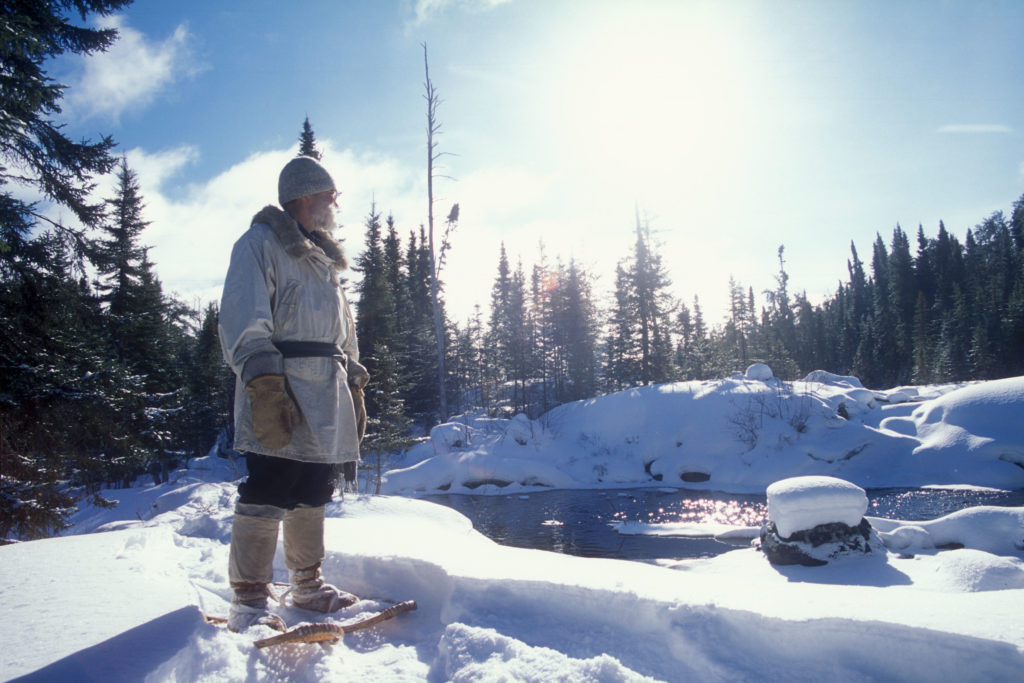
Parts of Canada are well known for fierce winds and dangerously low temperatures during the winter months. We asked the Pimachiowin Aki Guardians for tips on how to stay safe this winter.
1. Report to the Band Office
“Stop in to say hello, so that we know that you are out there,” says Bloodvein First Nation Guardian Melba Green.
2. Travel with a Buddy
No matter how much experience you have in the outdoors, heavy snow and high winds can reduce visibility, making travel, especially on foot, very difficult. Little Grand Rapids Guardian Dennis Keeper warns, “It’s a good idea to travel with somebody, especially at this time of year.”
3. Use Nature (and Your Buddy) to Stay Warm
Many years ago, trappers would walk to traplines as far as 100 kilometres away from the community. They knew how to survive the elements during these long outings. They would walk in winter and sleep out in the open, using shrubs and tree branches for mattresses and blankets. They would also build a fire, taking turns to stoke it during the night.
This knowledge has been passed down through generations to the many trappers and hunters in Pimachiowin Aki today who use the survival skills that they learned from their fathers and grandfathers.
Melba says, “Years ago, my dad, cousin and brother got lost coming back from the trapline and spent three days out in the woods. They made shelter, and huddled together, walking during the daylight hours through very deep snow.”
“Use old pine trees for firewood to make a fire,” says Colin Owens, Pauingassi First Nation Guardian. Colin also recommends building a shelter to stay warm if you are lost. Like Elder Leslie, he suggests using the branches from the trees for ground cover and as blankets.
Melba suggests using ferns, willows and young trees, which are flexible, and therefore ideal for building shelter.
4. Eat Cat Tail Roots
Vegetation is scarce during the winter months, so foraging for food may be difficult. “You can dig up snow looking for berries, but you’re not always successful,” says Melba.
“Unless you know where the wild parsnips are,” Dennis adds. “You can also eat the roots of cat tails,” he says, noting that they are an acquired taste.
Learn more about seasonal trips, past and present, in Pimachiowin Aki: https://pimaki.ca/the-land-that-gives-life/habitation/
For more information about the Pimachiowin Aki Guardians program: https://pimaki.ca/keeping-the-land/guardians-program/




